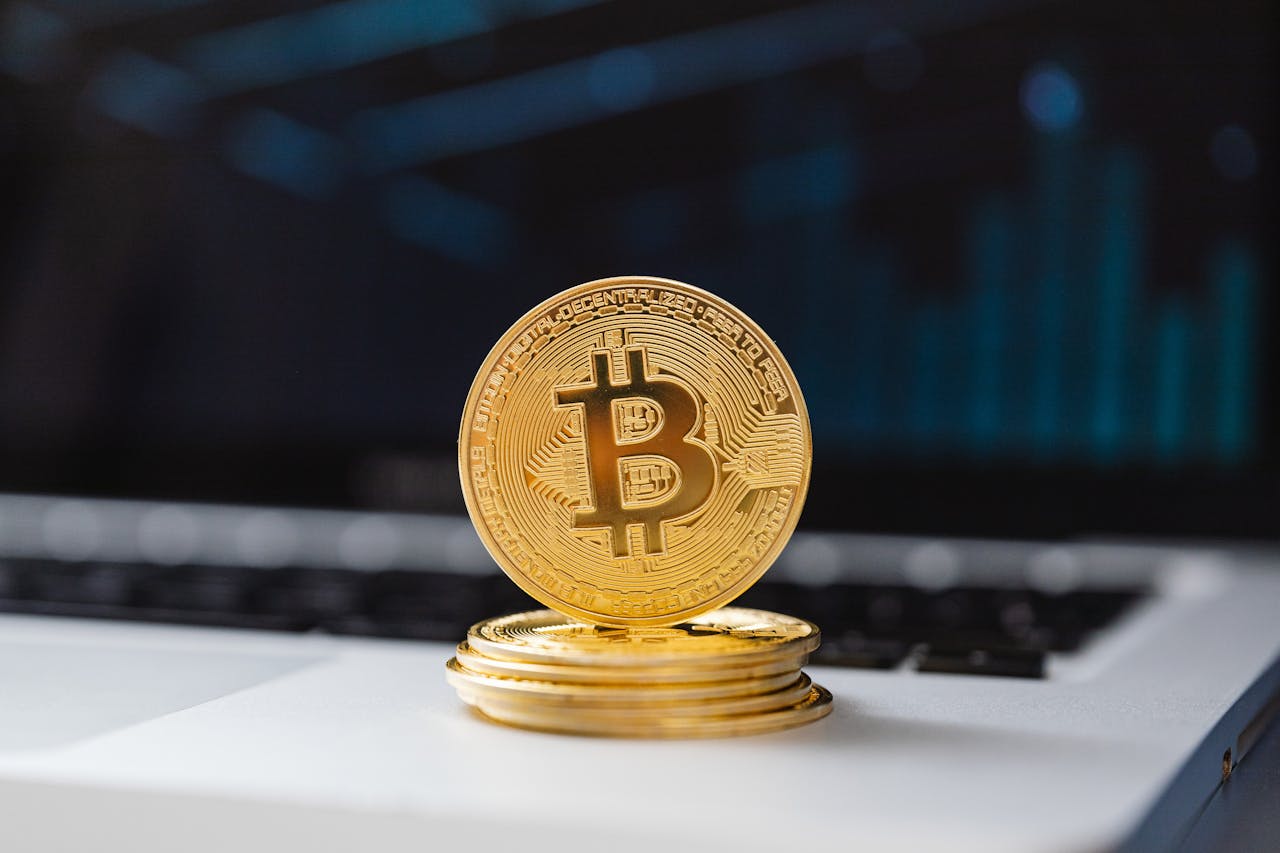Crypto
Which Are the Two Factors that Are Making Bitcoin Rise to Historic Levels
Last Friday, March 8th, Bitcoin was quoted at US$70,085, surpassing its record high of $69,191 reached on March 5th, although this Monday, March 11th, Bitcoin reached $72,385. This cap broke a record that had been in effect since November 10, 2021, when Bitcoin reached $68,99. According to analysts, this upward trend responds to the SEC’s decision to approve the first Bitcoin ETFs.

Bitcoin (BTC) continues to be in the news after the SEC (US stock market regulator) gave the go-ahead to exchange-traded funds (ETFs) linked to this digital currency to begin trading on the New York Stock Exchange. York.
This news, which was known on January 10th, opened the door to the cryptoasset market to new institutional investors, such as traditional banks.
Find out more about the price of Bitcoin and read the latest financial news from around the world with our comapnion app Born2Invest.
Bitcoin valuation continues to grow and at least in the short term it seems to have no ceiling
Last Friday, March 8th, Bitcoin was quoted at US$70,085, surpassing its all-time record high of US$69,191 reached on March 5th, although this Monday, March 11th, Bitcoin reached US$72,385. This cap broke a record that had been in effect since November 10, 2021, when Bitcoin reached US$68,991.
According to analysts, this upward trend responds to the SEC’s decision to approve the first Bitcoin ETFs and the growing correlation between the cryptocurrency market and the traditional financial sector that has generated much more confidence in investors.
However, the most relevant fact that puts Bitcoin as the protagonist, as one of the economic and financial trends of the moment in Colombia, has to do with the ‘halving’ that will take place in April and that, according to projections, will boost its price even further. It is an event that happens every 4 years and generates the maximum attention of crypto users and new investors.
According to Andrés Gómez, country manager of CryptoMKT in Colombia, “ the ‘halving’ consists of halving the rewards that miners receive for the creation of a new bitcoin block. The main objective of this type of mechanism is to maintain growth, both sustainable and stable , in the BTC market, an issue that is achieved by controlling the issuance of new currencies and limiting those that are already in circulation.
According to Gómez, since its creation this digital currency has had a maximum limit of 21 million Bitcoins. “This was established by its founder, Sathoshi Nakamoto, so an algorithm is already programmed in its source code so that every 210,000 blocks mined the reward is reduced. The approximate time for this to happen is every 4 years.”
It is important to note that in 2009 (when bitcoin was launched) the reward was 50 BTC per block. “That is until 2012 when it had its first halving in which it was reduced to 25 BTC per block. In 2016 the same thing happened, decreasing to 12.5 BTC per block and, in May 2020 (when the last event took place) it was 6.25 BTC per block. This process is repeated over and over again until reaching the limit of 21 million,” adds Gómez.
Why the ‘halving’ will be the main news of the crypto industry in Colombia, according to CryptoMKT in Colombia
First, it will limit the issuance of bitcoin, with the aim of slowing down the creation of new digital currencies. “In a way, it is a way that serves to control and limit the issuance of Bitcoin over time,” says the expert.
Second, it will generate scarcity and therefore increase the value of Bitcoin. “That is, supply will be limited and demand will grow, directly influencing its price and the perception that this currency is a scarce and valuable asset,” explains Gómez.
Third, it will help generate inflationary control, since every time new transaction blocks are mined, bitcoins are issued as a reward for the miners, which is why with each ‘halving’ the reward is reduced to limit the supply, ensuring that produce uncontrolled inflation.
Fourth, it will encourage greater participation in the country’s crypto market, because it will generate the greatest attention from the crypto community, attracting new participants and investors that will drive the adoption of digital currencies.
__
(Featured image by Karolina Grabowska via Pexels)
DISCLAIMER: This article was written by a third party contributor and does not reflect the opinion of Born2Invest, its management, staff or its associates. Please review our disclaimer for more information.
This article may include forward-looking statements. These forward-looking statements generally are identified by the words “believe,” “project,” “estimate,” “become,” “plan,” “will,” and similar expressions. These forward-looking statements involve known and unknown risks as well as uncertainties, including those discussed in the following cautionary statements and elsewhere in this article and on this site. Although the Company may believe that its expectations are based on reasonable assumptions, the actual results that the Company may achieve may differ materially from any forward-looking statements, which reflect the opinions of the management of the Company only as of the date hereof. Additionally, please make sure to read these important disclosures.
First published in Portafolio. A third-party contributor translated and adapted the articles from the originals. In case of discrepancy, the originals will prevail.
Although we made reasonable efforts to provide accurate translations, some parts may be incorrect. Born2Invest assumes no responsibility for errors, omissions or ambiguities in the translations provided on this website. Any person or entity relying on translated content does so at their own risk. Born2Invest is not responsible for losses caused by such reliance on the accuracy or reliability of translated information. If you wish to report an error or inaccuracy in the translation, we encourage you to contact us

-

 Crowdfunding1 week ago
Crowdfunding1 week agoPMG Empowers Italian SMEs with Performance Marketing and Investor-Friendly Crowdfunding
-

 Markets5 days ago
Markets5 days agoMarkets Wobble After Highs as Tariffs Rise and Commodities Soar
-

 Markets2 weeks ago
Markets2 weeks agoThe Big Beautiful Bill: Market Highs Mask Debt and Divergence
-

 Africa2 days ago
Africa2 days agoORA Technologies Secures $7.5M from Local Investors, Boosting Morocco’s Tech Independence

























